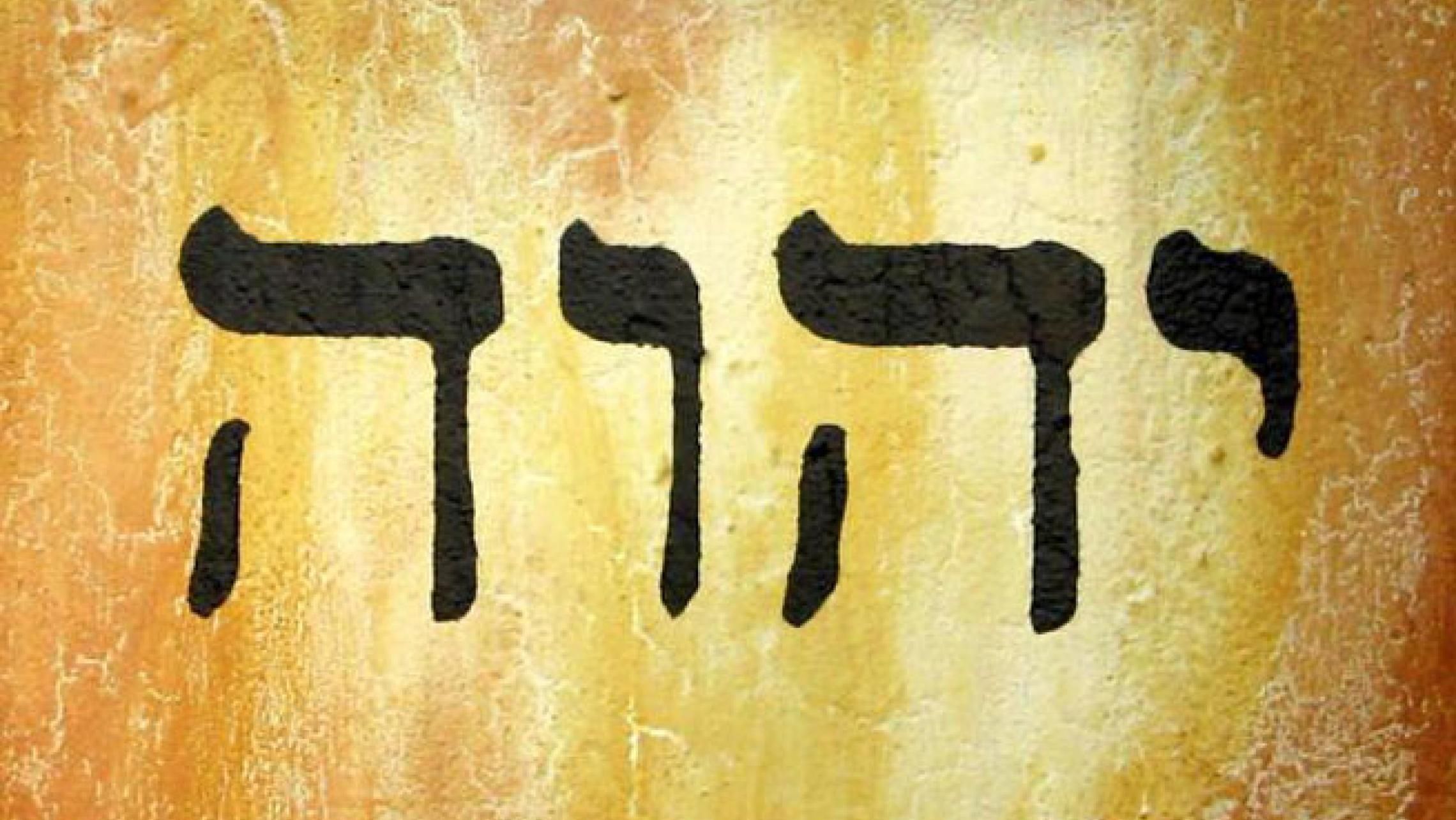[From When Oceans Merge: The Contemporary Sufi and Hasidic Teachings of Pir Vilayat Khan and Rabbi Zalman Schachter-Shalomi by Gregory Blann, Adam Kadmon Books, 2019: pp. 278-81]
In the Kabbalistic system, the four worlds are associated with the four Hebrew letters of the divine name, the tetragrammaton, Y-H-VH—Yud, Heh, Vav, Heh. When written out in English, the name is Yahweh, Yahveh or Jehovah (the last variant using the Latin and Germanic J instead of a Y). Religiously observant Jews avoid writing out or pronouncing this holy name, substituting for it Adonai, meaning Lord, which is the word used in Christian English Bibles (Hashem, the Name, is also a common Jewish substitute when speaking). If the four Hebrew letters are placed in a vertical downward row, they correlate with the four worlds and their Hebrew names as follows:
Y the world of Atzilut (Being) Fire element H the world of B'ryiah (Knowledge) Air element V the world ofYetzirah (Feeling) Water element H the world of Assiyah (Action) Earth element
Below are the Sufi equivalents in Arabic, using the name Allah, with their equivalent latifas or chakras:
A Haqiqa (Hakikat) (transcendence) crown chakra L Ma'rifa (Marifat) (mind)throat, third eye L Tariqa (Tariqat) (heart)heart chakra H Shari'a (Shariat) (physical body) base of spine, genital area, solar plexus

One caveat that must be given is that in the Sufi understanding of the four worlds (especially the Ottoman Turkish orders) the top two levels are reversed in order, so that the highest station is assigned to Ma’rifa. Why—if Haqiqa refers to the uppermost transcendent level of Truth—is Ma’rifa placed above it? Because it is understood to represent the level in which the highest Truth is realized and activated in the awakened human being.
The model is the mi’raj or ascent of the Prophet Muhammad through the heavens and beyond the realm of created existence to the place of Divine Unity where no separate beings exist, but only the One Absolute Source. Having transcended the created world and “disappeared” in the One, the Prophet returned to the world as a “mercy to the worlds,” a vessel of the divine guidance. This state, in which one becomes the eyes through which God sees and the hands and feet through which God acts in the world, characterizes the level referred to by the Sufis as the station of Ma’rifa. To transcend the world and enter paradise consciousness (or nirvanain Buddhist terms) is indeed a high station, but for Sufis it is not the culmination of the path. The further stage is to become fully human, to make God a reality and embody the divine energies in one’s daily life and work—opening on all four levels to the divine attributes. The Sufis use the Arabic terms Jana and baka to express this mystery. First, in the words of the Prophet, one “dies before dying”—passing away from the limited self—or Jana fil’llah, annihilation in the Divine. But the further step, the greater mystery is subsisting in Allah (baqa in Arabic)—or we could say “God awakening in humanity.”
Of course, a similar process unfolds in the life of Buddha, who, after his enlightenment, resisted the temptation to go straight into nirvana instead of returning to help the world, as well as Jesus, who died to self and brought the divine compassion into the valley of human suffering, resurrecting dead hearts to abundant life. In the case of Muhammad, the literature depicts his divine encounter as resulting in intercession for the majority of his community and providing heavenly inspiration for many of the practices of Islam, such as the form and numbers of daily prayers. In Islam, the word Haqq (Divine Truth), which forms the root of Haqiqat, is another way of referring to God, or Allah Most High.
